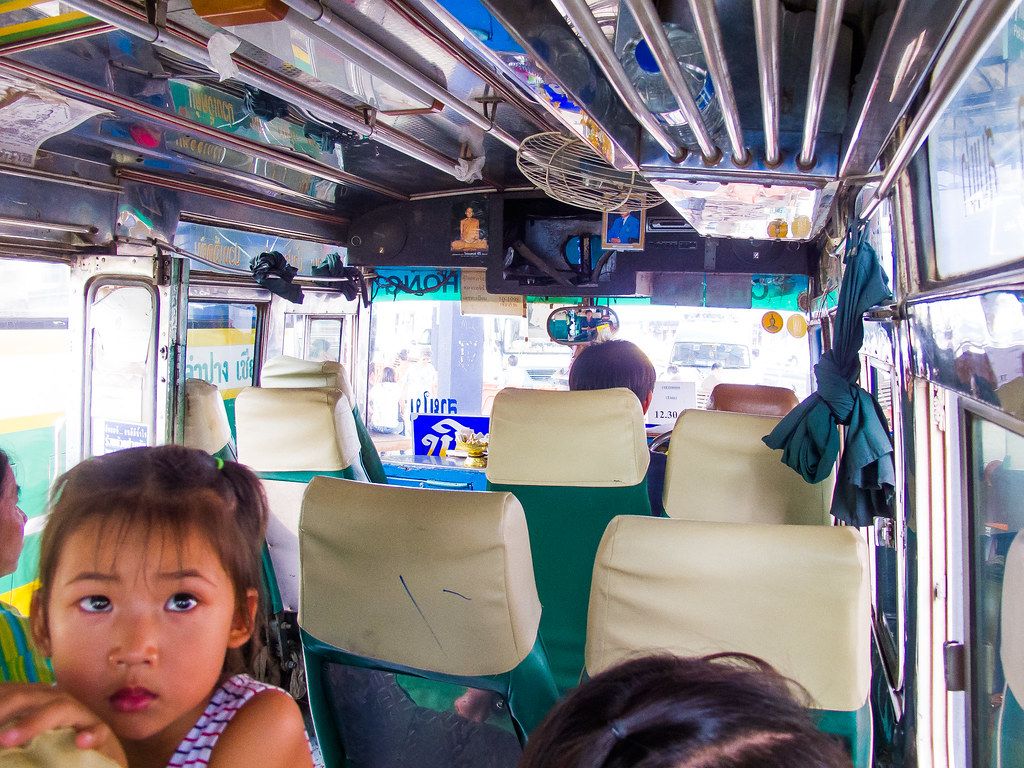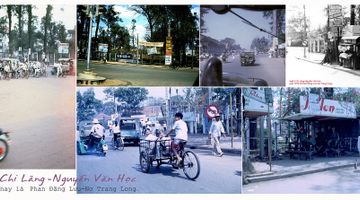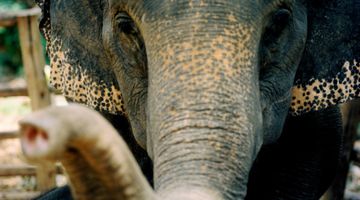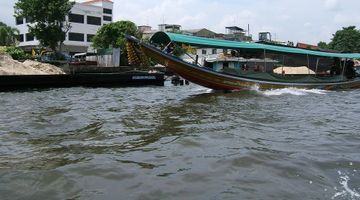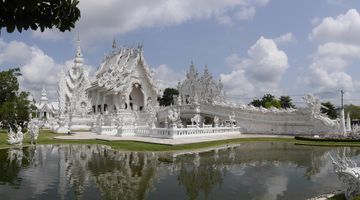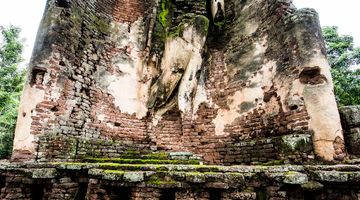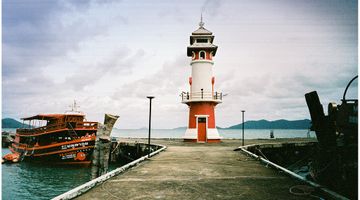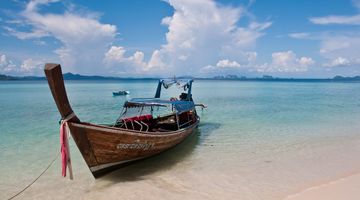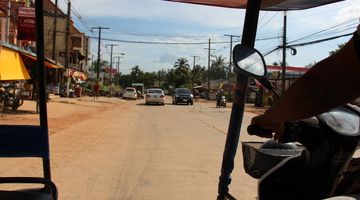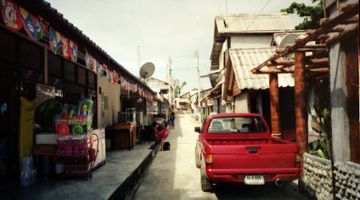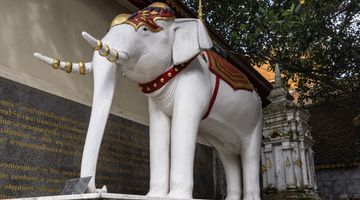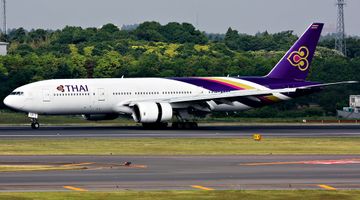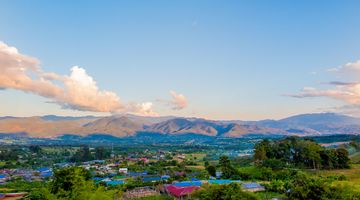Chiang Khong Thailand – Your Quick Travel Guide
In a nutshell
Not much of a tourist hotspot and with little to none sights and attractions, Chiang Khong, a small town in the Chiang Rai Province, is most well-known for being a stopover destination for travellers en route to the popular Lao town of Huay Xai despite the fact that the boat border crossing is no longer a possibility.
Why go to Chiang Khong
The fact that there is nothing to do shouldn’t deter travellers in the slightest as this is the ideal destination for those craving a bit of rest and relaxation during their travels. Although there isn’t a lot in the way of adrenaline-pumping adventure or even a cultural scene in the way of galleries or museums, visitors of Chiang Khong will find the little town to be delightfully quaint and authentically charming. Although there are a few small waterfalls and walks in the area, the main reason to visit Chiang Khong is the wonderfully tranquil slow pace of life. The friendly locals, picturesque streets and abundant riverside accommodations are just what the doctor ordered for those looking to unwind and rejuvenate their souls before travelling onwards.
Take a leisurely stroll down the Mekong promenade and slowly work up an appetite; the sleepy town of Chiang Khong is a surprising foodie’s paradise. Charming cafes, bars, restaurants and coffee shops are generously scattered throughout the town and delicious aromas fill the sidewalks enticing those outside to meander in. Saffron-robed monks also add an air of serenity and peacefulness to the quite town and travellers will find that leaving Chiang Khong is done with a lighter step and a fuller heart.
When to go to Chiang Khong
With high humidity, high rainfall and high temperatures, the ideal time to visit Chiang Khong would be around from October until late January. These months offer moderate temperatures, little chance of rainfall and humidity is at its lowest, especially during February. Although for those visiting in April, the Giant Catfish Festival (18th April) is a must-experience cultural treat.
Where to stay in Chiang Khong
Fortunately accommodation within Chiang Khong caters for all kinds of budgets and all sorts f travellers.
Backpackers on shoe-string budgets can opt to stay at the Funky Box Hostel in the heart of town or can mosey around from guesthouse to guesthouse comparing nightly rates.
For older travellers or those with a bit more baht, guesthouses and hotels are your primary accommodation options to choose from. Generally nightly rates in Chiang Khong are affordable, Wi-Fi is pretty decent and standards of quality are largely the same as throughout the rest of Thailand. Prices will decrease for those who are okay with cold showers, shared bathrooms and fan-cooled rooms rather than air-conditioned rooms. For those who long for a pretty view, there is a wonderful abundance of riverside hotels and guesthouses and guests will find it easy to nab a room or balcony with a view of the scenic river. A morning swim is also a refreshing way to start the day here in Chiang Khong.
Where and what to eat in Chiang Khong
While many of the guesthouses and hotels have lovey onsite restaurants, for travellers who feel the urge to venture forth into the heart of this relaxing town, you’ll be greeted with a wealth of cafes, restaurants and cosy coffee shops. And the best news of all, not only is the Thai food of top notch quality, but it is largely inexpensive too. With plenty of Thai food eateries, juice bars and superb coffee shops, travellers with growling stomachs will be spoilt for choice. The town is even home to a Mexican restaurant with very friendly owners for those craving nachos and a spot of pleasant conversation. Sai Klang Road during the evenings is also an excellent spot for an evening walk as street vendors line the streets with scrumptious dishes being served from giant woks and oversized bowls. Tasty, cheap and authentically Thai – Sai Klang Road at night is very hard to beat!
How to get around Chiang Khong
Getting around the quite town is best done on foot for those who want to explore all the charming streets and hidden gems that are tucked away, however, travellers are also able to use the services of a tuk-tuk driver for short distances or grab one of the few taxis.
For some unknown reason, tuk-tuk rides and taxi rides are slightly more expensive in Chiang Khong and so those on a budget would do well to explore alternative means of getting around. For travellers who want to explore the town with a dash more freedom and speed, renting a motorbike or a bicycle is also a fun way to visit the local villages, experience the serenity of the many temples, find waterfalls and see more of what the town has to offer.
A bicycle will cost you around THB 100 per day, whereas manual and automatic motorbikes will cost around THB 200.
How to get to and from Chiang Khong
Getting into the sleepy town of Chiang Khong from the bustling capital of Bangkok is possible via aeroplane as well as on an overnight bus. Bangkok Nok Air, amongst several other local airlines, has two flights from Bangkok to Chiang Khong every day and takes around one and a half hours.
Daily overnight buses as well as daytime buses to Chiang Khong from Bangkok’s Northern Bus Terminal (Mohchit) are also possible for travellers wanting to save a bit of money. The five overnight buses tend to leave around 7pm from Mohchit and arrive in Chiang Khong the following morning around 8am. The daytime bus departs from Bangkok at 7am and arrives at around 8pm in the evening in Chiang Khong.
Getting into and from Chiang Khong is no longer possible via boat crossing and the only way to get to and from Chiang Khong and Huai Xay is via the Thai-Lao Friendship Bridge across the Mekong River. This bridge links the two countries and is now considered the official border. The border is open from 6am until 10pm. Getting into Chiang Khong from Huai Xay is possible by taking a songthaew or minivan to the border. After passing through Laos Immigration you’ll need to grab a shuttle bus to take you the additional 2 kilometres to the Thai Immigration. This shouldn’t cost you anything more than THB 30, although those travelling via bicycle will not be able to cycle their bicycles over Friendship Bridge but will be able to take their bicycles across on the bus at an extra THB 100. From the Thai Immigration office a short tuk-tuk ride will take you into the centre of Chiang Khong. Phew! Quite the challenging adventure in itself! Getting into Huai Xay from Chiang Khong is done in pretty much the same way but in reverse. A 30-day visa for Laos is possible upon arrival and costs around THB 1,500 depending on nationality.
Following the building of Friendship Bridge, a bus route started running from Chiang Rai through Chiang Khong onwards to Bokeo. For those in Chaing Khong wanting to head to Bokeo, the bus journey takes around four hours and costs around THB 180. Chiang Rai to Chaing Khong is also possible via bus with buses departing from Chaing Rai Central Bus Station every 30 minutes from 5am until around 3:40pm. The duration of the journey is around two hours and costs roughly THB 65 for a one-way ticket.
Is Chiang Khong a safe place to visit?
Luckily for travellers exploring the peaceful town of Chiang Khong, safety isn’t really a concern and the locals of this town are well-known for their hospitality and friendly nature. As with all travels however, it is obviously advisable to be cautious and careful when travelling through any city.

